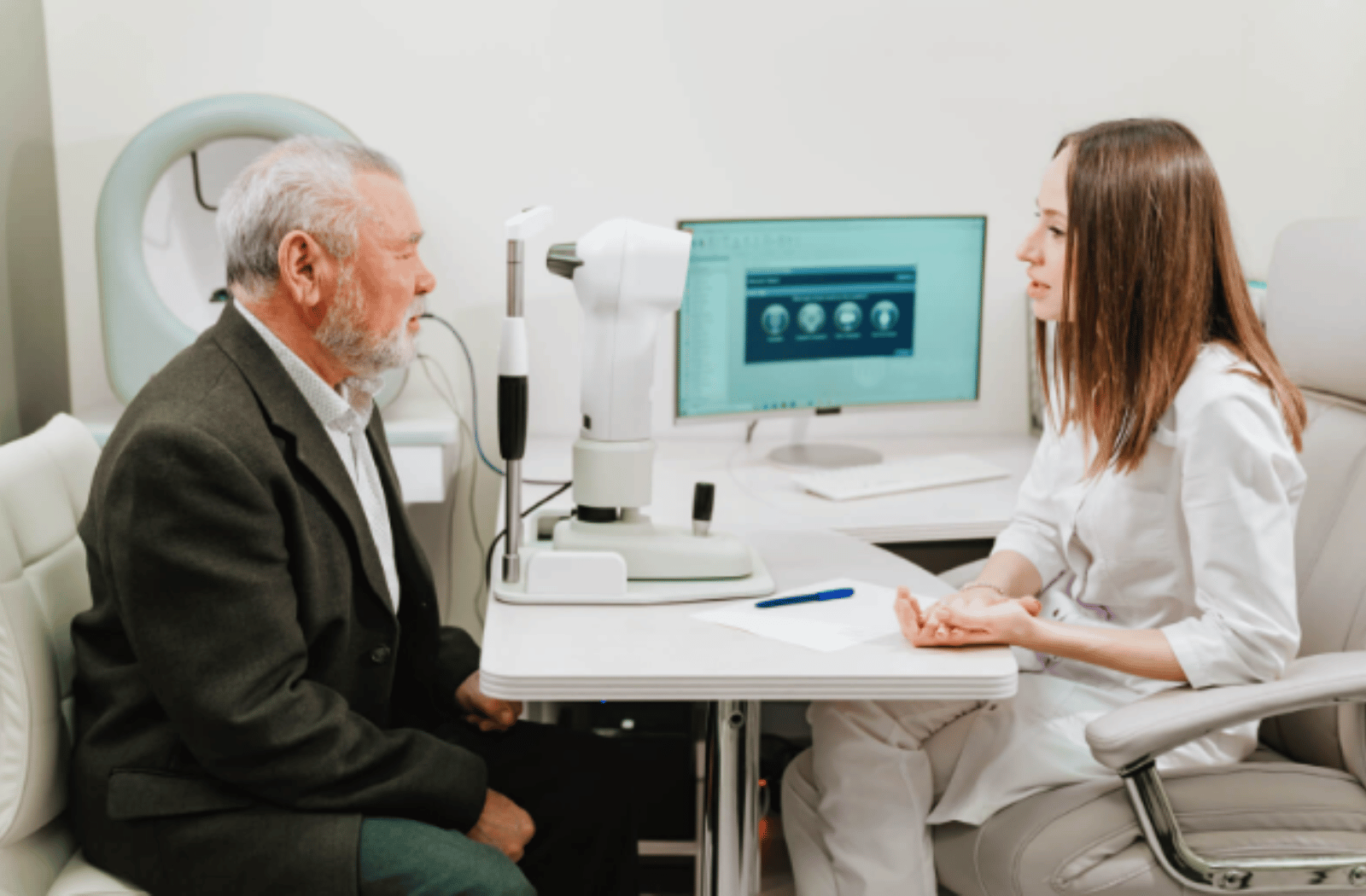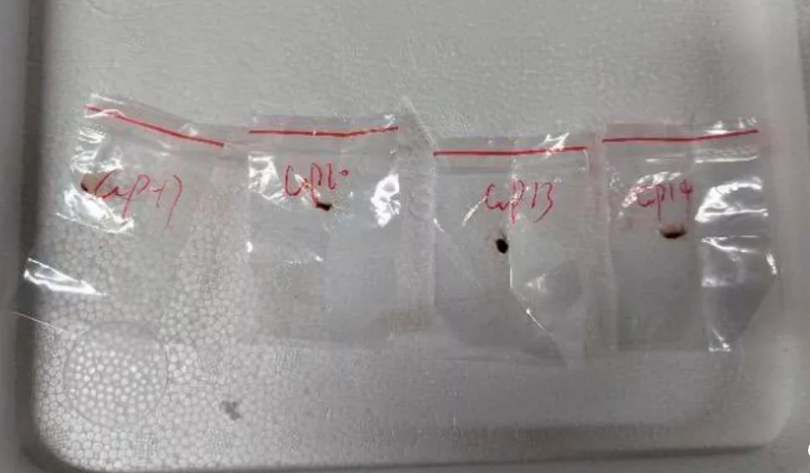Health
Eye Diseases and the Importance of Early Prevention

Vision is one of our most essential senses, yet many take it for granted until problems arise. The eyes are intricate organs susceptible to a range of diseases that can significantly impact the quality of life if left untreated. Proactive care, including regular check-ups at an eye clinic, plays a critical role in detecting and managing potential issues early. With proper education and preventative measures, many eye conditions can be treated or avoided altogether, preserving vision for years to come.
Understanding Common Eye Diseases
- Cataracts: A cataract occurs when the lens of the eye becomes cloudy, causing blurred or dimmed vision. It is a leading cause of blindness globally, primarily affecting older adults. Risk factors include prolonged UV exposure, smoking, diabetes, and aging. Cataracts are treatable through surgical procedures that replace the cloudy lens with an artificial one. However, early detection through regular visits to an eye clinic is crucial for preventing long-term vision loss.
- Glaucoma: Often referred to as the “silent thief of sight,” glaucoma is a group of conditions that damage the optic nerve, usually due to high intraocular pressure. It progresses without symptoms in its early stages, making routine eye exams essential. Untreated glaucoma can lead to irreversible blindness, but early intervention can slow or prevent further damage.
- Macular Degeneration: This age-related condition affects the macula, the part of the retina responsible for sharp central vision. It can impair tasks such as reading and recognizing faces. While there is no cure, lifestyle changes like maintaining a diet rich in antioxidants and avoiding smoking can reduce the risk. Early detection allows for treatments like injections or laser therapy to slow progression.
- Diabetic Retinopathy: Caused by high blood sugar levels, this condition damages the blood vessels in the retina and is a leading cause of blindness among diabetics. Regular monitoring and good control of blood sugar levels can prevent or delay its onset.
The Role of Prevention in Eye Health
Prevention is the cornerstone of maintaining optimal vision and minimizing the impact of eye diseases. Early detection through routine visits to an eye clinic ensures that conditions are identified and treated before significant damage occurs. Preventative measures include:
- Healthy Diet: Consuming a diet rich in vitamins A, C, and E, as well as omega-3 fatty acids, supports eye health. Foods like spinach, kale, carrots, and fish are particularly beneficial.
- UV Protection: Prolonged exposure to ultraviolet (UV) rays can damage the eyes. Wearing sunglasses with 100% UV protection reduces this risk significantly.
- Managing Screen Time: Prolonged use of digital devices can cause eye strain. The 20-20-20 rule—taking a 20-second break to look at something 20 feet away every 20 minutes—helps alleviate discomfort.
- Quitting Smoking: Smoking increases the risk of developing cataracts, macular degeneration, and dry eye syndrome.
- Regular Check-ups: Routine visits to an eye clinic are essential, even for individuals without noticeable symptoms. Eye exams can detect conditions like glaucoma and diabetic retinopathy in their earliest stages.
Why Early Intervention Matters
Many eye diseases progress silently, making early intervention crucial for preserving vision. Advanced stages of conditions like glaucoma or diabetic retinopathy can lead to irreversible damage, underscoring the importance of regular monitoring and timely treatment. A proactive approach ensures that even subtle symptoms are addressed promptly.
The eyes are windows to the world, and protecting them should be a priority. By adopting preventative habits and staying vigilant with regular check-ups at an eye clinic, individuals can significantly reduce their risk of vision loss. Awareness, early intervention, and a commitment to eye health can ensure a lifetime of clear, vibrant sight.
Health
Europe Faces Growing Challenges in Meeting Medical Care Needs, EU Report Shows

A new report has highlighted stark disparities in healthcare access across Europe, revealing that a growing number of citizens face unmet medical needs due to systemic issues such as high costs and long waiting times.
According to the latest data from Eurostat and the Health at a Glance: Europe 2024 report, 3.8 per cent of EU residents aged 16 and over reported unmet medical needs in the past year. However, the percentage climbs significantly when focusing solely on individuals who actively required healthcare services — with some countries reporting unmet needs among over 20 per cent of this group.
The causes are twofold: healthcare system barriers, including long waiting lists and treatment costs, account for 2.4 per cent of all cases, while 1.4 per cent stem from personal reasons such as fear of doctors, lack of time, or lack of knowledge about available care.
Unmet healthcare needs vary widely across the continent. Estonia tops the list within the EU, with 15.5 per cent of people reporting unmet needs, followed closely by Greece and Albania, each over 13 per cent. Even wealthier Nordic countries show surprising figures — Denmark (12.2 per cent), Finland, and Norway (over 7.5 per cent) — despite high healthcare spending. Conversely, countries such as Germany (0.5 per cent), Austria (1.3 per cent), and the Netherlands (1.4 per cent) report the lowest levels, pointing to more efficient and accessible healthcare systems.
Cost is a dominant barrier in nations like Greece and Albania, where over 9 per cent of citizens cited unaffordable care. In contrast, long waiting times are the primary issue in countries like Estonia (12 per cent) and Finland (7.5 per cent).
Income inequality also plays a major role. On average, 3.8 per cent of low-income individuals across the EU report unmet needs due to healthcare system issues — more than triple the 1.2 per cent reported by higher-income groups. In Greece, that gap is particularly wide, with 23 per cent of low-income respondents affected.
Healthcare experts say these disparities reflect more than just economic factors. Dr. Tit Albreht, President of the European Public Health Association (EUPHA), noted, “Unmet health needs arise from different reasons, including how well healthcare governance integrates services to meet population needs.”
Industry leaders, such as Tina Taube of the European Federation of Pharmaceutical Industries and Associations (EFPIA), stressed the importance of timely access to diagnosis and treatment. “Unmet needs are context-specific,” she said. “It’s not just about product availability, but also healthcare system readiness.”
Andy Powrie-Smith of EFPIA added that patients in some European countries wait up to seven times longer than others for the same treatments due to regulatory delays and varying national infrastructures.
The findings underscore the need for a more coordinated, equitable healthcare strategy across the continent, especially as Europe faces the challenges of an ageing population and increasingly complex medical technologies.
Health
Chinese Nationals Charged in U.S. with Smuggling Toxic Fungus Labeled a Potential Agroterrorism Threat

U.S. federal authorities have charged two Chinese nationals in connection with smuggling a dangerous agricultural fungus into the country, a move investigators describe as posing significant national security risks.
Yunqing Jian, 33, and Zunyong Liu, 34, are accused of conspiracy, smuggling, making false statements, and visa fraud after allegedly attempting to bring Fusarium graminearum — a toxic fungus capable of devastating crops and harming humans and livestock — into the United States. The case was detailed in a court filing by the Federal Bureau of Investigation (FBI) in Detroit.
The fungus, which targets essential food staples like wheat, maize, barley, and rice, is described in a scientific journal cited by the FBI as a “potential agroterrorism weapon.” Experts warn that its spread could inflict serious damage on global food security and agricultural economies.
U.S. Attorney Jerome Gorgon Jr. emphasized the seriousness of the case, stating: “The alleged actions of these Chinese nationals, including a loyal member of the Chinese Communist Party, are of the gravest national security concerns.”
Jian made her first appearance in a Detroit federal court on Tuesday and remains in custody awaiting a bond hearing scheduled for Thursday. A court-appointed attorney for her initial appearance declined to comment.
According to the FBI’s complaint, the investigation began in July 2024 when Liu was stopped at Detroit Metropolitan Airport. During a routine screening, customs officials discovered suspicious red plant material in his backpack. Liu initially claimed not to know what it was but later admitted he planned to use it for research purposes at the University of Michigan, where Jian is currently employed and where Liu previously worked.
Authorities say Liu’s mobile phone contained an article titled “Plant-Pathogen Warfare under Changing Climate Conditions,” raising further concerns about the intended use of the samples. The FBI believes the two individuals were coordinating to introduce the pathogen into a U.S. research setting without proper clearance or oversight.
Liu was denied entry to the U.S. and deported in July. Charges against both individuals were filed this week, as prosecutors continue to investigate the scope of the alleged conspiracy.
The case underscores growing concerns in the U.S. over biosecurity and potential misuse of scientific research amid rising geopolitical tensions.
Health
US Expands Measles Vaccination Guidance Amid Global Surge in Cases
-

 Business1 year ago
Business1 year agoSaudi Arabia’s Model for Sustainable Aviation Practices
-

 Business1 year ago
Business1 year agoRecent Developments in Small Business Taxes
-

 Politics1 year ago
Politics1 year agoWho was Ebrahim Raisi and his status in Iranian Politics?
-

 Business11 months ago
Business11 months agoCarrectly: Revolutionizing Car Care in Chicago
-

 Business11 months ago
Business11 months agoSaudi Arabia: Foreign Direct Investment Rises by 5.6% in Q1
-

 Technology1 year ago
Technology1 year agoComparing Apple Vision Pro and Meta Quest 3
-

 Politics1 year ago
Politics1 year agoIndonesia and Malaysia Call for Israel’s Compliance with ICJ Ruling on Gaza Offensive
-

 Sports10 months ago
Sports10 months agoKeely Hodgkinson Wins Britain’s First Athletics Gold at Paris Olympics in 800m



















